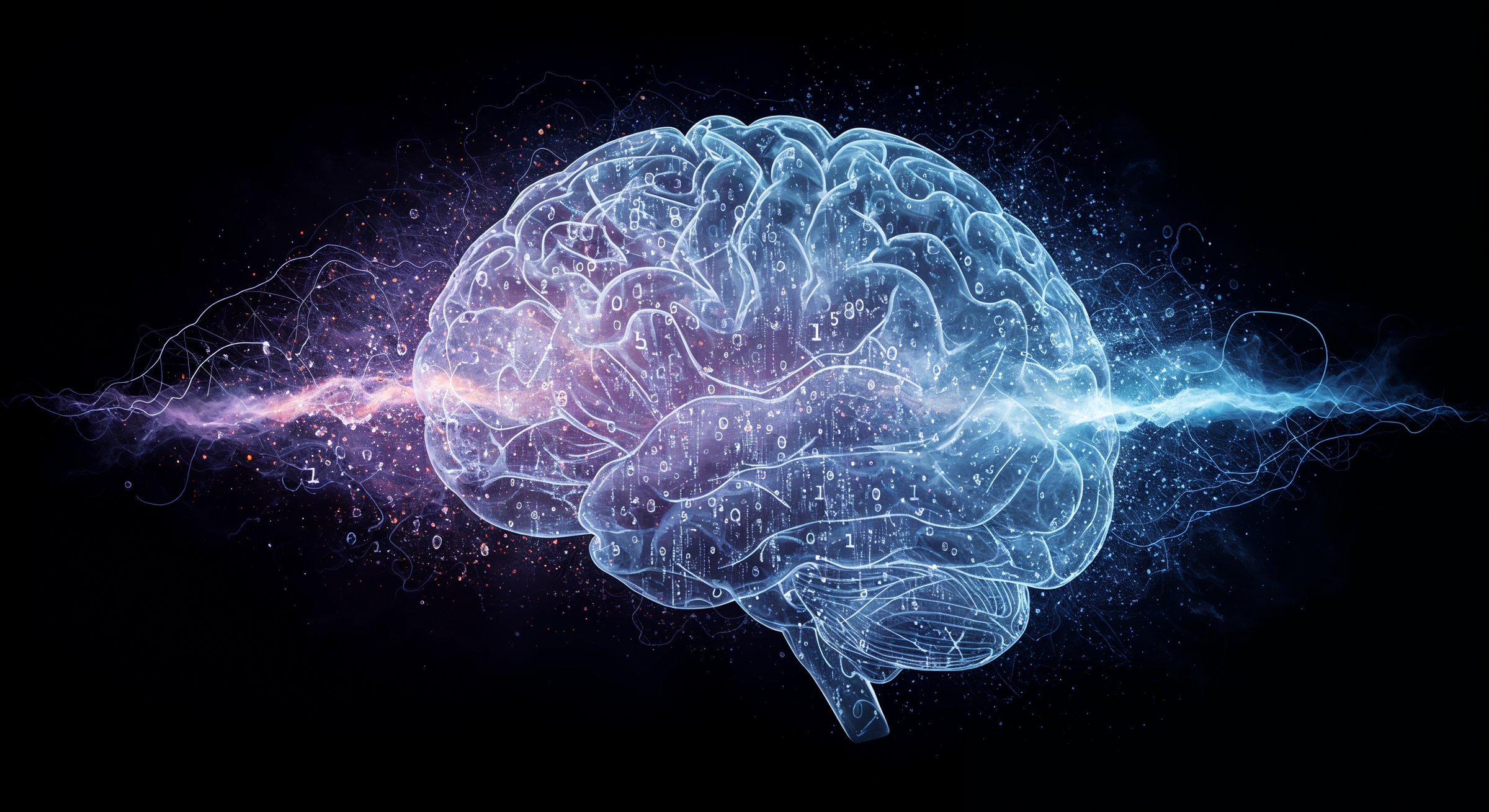How does a tiny 10 mg dose produce measurable cognitive effects when
much larger molecules fail? Noopept functions primarily as a prodrug—a
pharmacologically inactive compound that the body rapidly converts into
active metabolites. Within 5–10 minutes of administration, peptidase
enzymes cleave Noopept into cycloprolylglycine (CPG), a dipeptide
structurally identical to an endogenous neuropeptide found naturally in
rat brain. This metabolite, not Noopept itself, mediates most
longer-term effects. Researchers cannot detect parent Noopept in brain
tissue just one hour after administration, while CPG concentrations peak
and remain elevated for extended periods with a half-life around 16
minutes.

But what does cycloprolylglycine actually do once it reaches the brain?
CPG operates as a positive allosteric modulator of AMPA receptors—it
doesn't directly activate these glutamate receptors but enhances their
response when glutamate binds. This modulation increases excitatory
neurotransmission in key brain regions, particularly the hippocampus
where CPG preferentially accumulates compared to cortex. Studies using
specific receptor antagonists demonstrate that chronic Noopept effects
depend heavily on AMPA receptor signalling, while acute single-dose
effects involve more NMDA receptor activation. This shift from NMDA to
AMPA dependence after repeated dosing suggests adaptive receptor changes
that could potentially lead to tolerance, though this hasn't been
definitively demonstrated in clinical settings. Understanding
mechanism of action guide
provides deeper insights into how nootropics work in the brain.
What's the primary molecular target that makes Noopept unique among
nootropics? A breakthrough 2016 study revealed Noopept's primary target:
Hypoxia-Inducible Factor 1 (HIF-1). Molecular docking studies showed
Noopept's L-isomer binds directly to the active site of prolyl
hydroxylase 2, an enzyme that normally degrades HIF-1α. By inhibiting
this degradation, Noopept increases HIF-1 DNA-binding activity by 43% at
10 μM concentration. Remarkably, this effect proved highly
selective—Noopept didn't affect other transcription factors including
CREB, NFAT, NF-κB, p53, or STAT1. HIF-1 activation upregulates
approximately 100 genes involved in adaptive responses to stress,
including those controlling angiogenesis, glucose transport,
erythropoietin production, and critically, antioxidant enzyme synthesis.
How does Noopept interact with the cholinergic system that's so
important for memory? The compound prevents amnesia induced by both
muscarinic antagonists like scopolamine and nicotinic antagonists like
mecamylamine, suggesting it enhances acetylcholine neurotransmission
through multiple pathways. A 2022 study demonstrated that 5 μM Noopept
increases action potential firing frequency in GABAergic interneurons
within the hippocampal CA1 region via α7 nicotinic acetylcholine
receptors. When researchers applied selective α7 receptor antagonists
like α-bungarotoxin, Noopept's effects vanished almost completely. This
mechanism enhances inhibitory neurotransmission, potentially explaining
observed anxiolytic effects alongside cognitive benefits—kinda like
getting both focus and calm from the same compound.
What about the neurotrophic factors that support long-term brain health?
Neurotrophic factor modulation may represent Noopept's most important
mechanism for sustained cognitive benefit. A landmark 2008 study
revealed a striking pattern: acute single-dose administration slightly
decreased BDNF and NGF in cerebral cortex but increased both factors in
hippocampus by approximately 1.4-fold and 1.3-fold respectively within 3
hours. This regional specificity targets the hippocampus—the brain
structure most critical for memory consolidation. Chronic administration
for 28 days produces even more robust effects without tolerance
development—hippocampal BDNF and NGF expression continues rising, while
cortical BDNF begins increasing after remaining suppressed acutely. Most
compounds that increase neurotrophic factors eventually trigger
compensatory receptor downregulation, but Noopept instead shows
potentiation with continued use, which is pretty unusual.
Can Noopept cross the blood-brain barrier despite being a peptide? Yes,
and that's a significant pharmaceutical achievement. Most peptides
cannot penetrate the BBB due to size and hydrophilicity, requiring
special formulations or administration routes. Noopept overcomes this
limitation through several structural features: the benzylcarbonyl group
and ethyl ester increase lipid solubility, enabling passive diffusion
through the lipid bilayer of endothelial cells forming the BBB. As a
dipeptide, Noopept maintains a relatively compact structure (molecular
weight 318.37 g/mol) that facilitates membrane crossing. Research
confirms that orally administered Noopept appears in brain tissue in
unmodified, active form within 15–30 minutes, demonstrating efficient
BBB penetration despite low oral bioavailability of around 10%. For
those exploring natural alternatives,
SynaBoost natural nootropic review
covers compounds with different BBB penetration mechanisms. Learn about
absorption and delivery in our
standardized extract nootropics
guide for understanding bioavailability factors.
